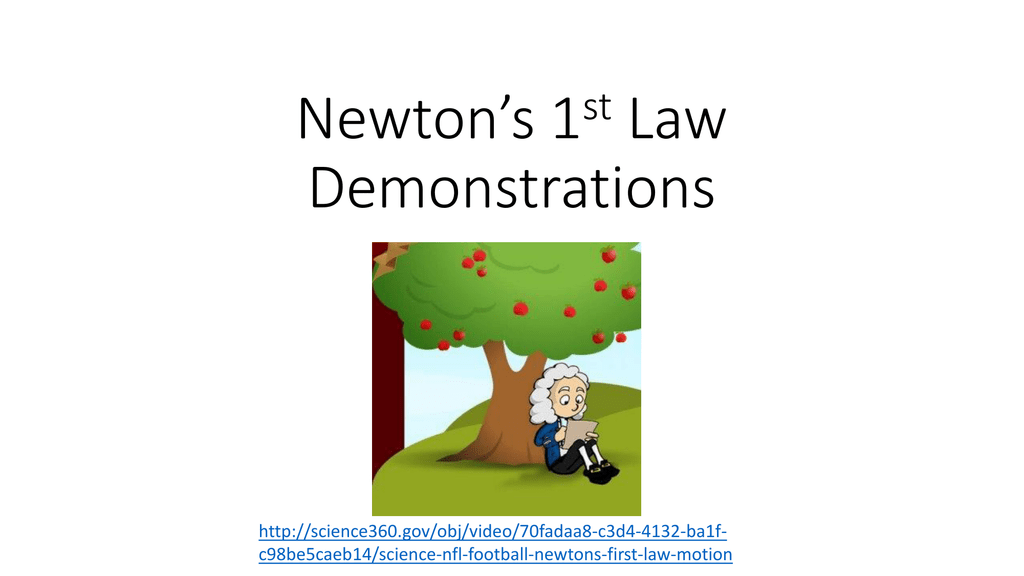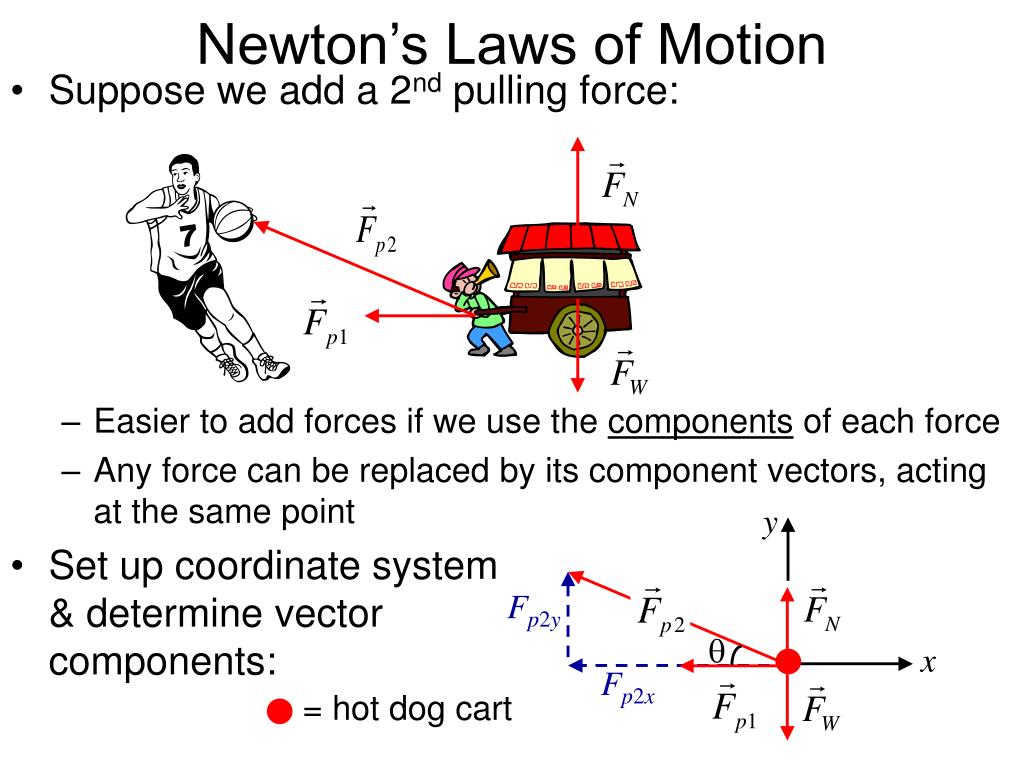

- Laws of motion full#
- Laws of motion free#
Let us place our test body, say a block, on a rigid horizontal plane. If we study the motion as we make the forces smaller and smaller, we shall have some idea of what motion would be like if the external forces were truly zero. This is hard to do, but in certain cases, we can make the forces very small.

Laws of motion free#
If we wanted to test these ideas experimentally we would first have to find a way to free a body from all influences of its environment or from all forces. For a body to move in a straight line at a constant speed, for example, they believed that some external agent had to continually propel it otherwise, it would”naturally” stop moving. They thought that a body was in its “natural state” when it was at rest.


In his Principia Newton stated the three fundamental laws of motion, which are the basis of Newtonian mechanics.īefore Galileo’s time, most philosopher’s thought that some influence or “force” was needed to keep a body moving. His three laws first presented (in 1686) in his Philosophiae Naturalis Principia Mathematica, usually called the Principia.
Laws of motion full#
He carried to full fruition the ideas of Galileo and others who preceded him. Isaac Newton, born in England in the year of Galileo’s death, is the principal architect of classical mechanics. It was not until the time of Galileo and Newton, however, that dramatic progress was made.
Different types of motion in physics with examplesįor centuries the problem of motion and its causes was a central theme of natural philosophy, an early name for what we call physics. To learn in detail about these laws click the list which is given below: Newton’s first law of motion gives the qualitative definition of force, Newton’s second law of motion gives the quantitative measure of the force, while Newton’s third law of motion asserts that a single isolated force does not exist. These laws explain the relation between forces and the body on which these forces acted upon. The lifting force acts normally to the aeroplane body, When the aeroplane tilts, the horizontal components acts normally to the plane motion towards the center of the circle causing the plane to turn in a curve, This means that the horizontal component of the lifting force on an aeroplane acts as a centripetal force. This means that the centripetal force is the sum of the two components one of the reaction force and the other of the friction force towards the center of rotation. The friction force : Its horizontal component also acts towards the center of the circle and helps the car to move in a curved path. The reaction force : that always acts normally to the car, Resolving this reaction into two components, the horizontal component acts towards the center of the circle and helps the car to move in a curved path. When a car moves in a circular path that is inclined to the horizontal, It is affected by a number of forces : When a car turns in a circular path or a curve, a friction forcebetween the road and the car tyres is originated, This force acts normally to the direction of the car motion towards the center of the circle causing the car to move in a curved path, This means that the friction force may behave as a centripetal force. Gravitational force ( F G )Īn attractive force exists between the Sun and the Earth in a direction perpendicular to the path of the Earth, This force causes the Earth to move in a circular path around the Sun, This means that the gravitational force may behave as a centripetal force. When pulling a body by a string or a wire, a tension force is originated, If this tension force is normal to the direction of motion of a body moving at constant velocity, this force causes the body to move in a circular path, This means that the tension force may behave as a centripetal force. The centripetal force is the force that acts continuously perpendicular to the path of a moving body, causing it to move in a circular path, From these forces : Tension force ( F T )








 0 kommentar(er)
0 kommentar(er)
